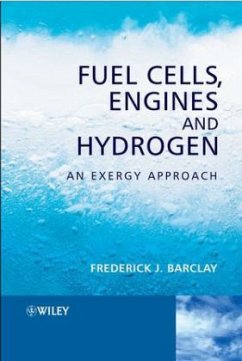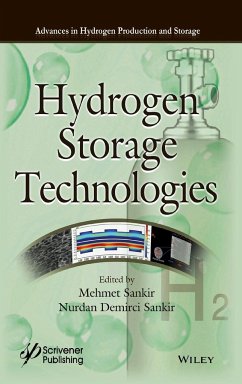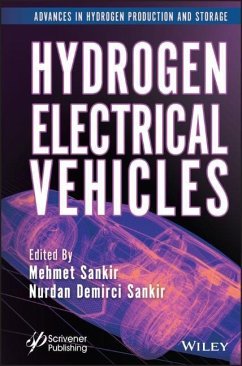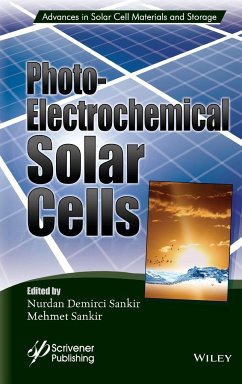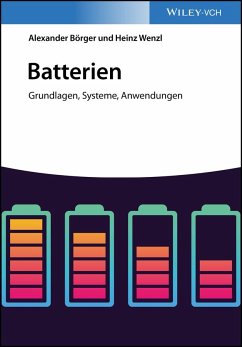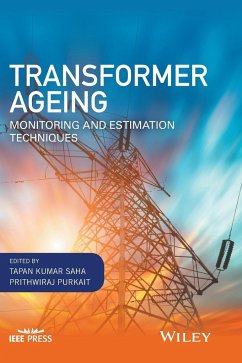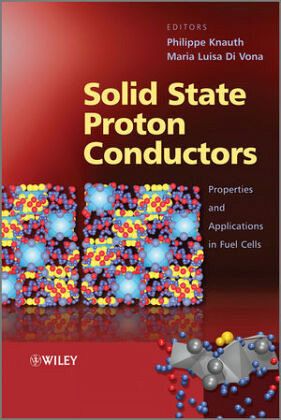
Solid State Proton Conductors
Properties and Applications in Fuel Cells
Versandkostenfrei!
Versandfertig in über 4 Wochen
165,99 €
inkl. MwSt.
Weitere Ausgaben:

PAYBACK Punkte
83 °P sammeln!
Higher ionic conductivity, better mechanical strength, lower cost, and improved durability of proton-conducting materials are all important issues to accelerate the commercialization of fuel cell technology. This important book describes both inorganic and organic (polymeric) proton conductors, as well as their properties and their applications in fuel cells. Topics covered include microstructural properties, thermodynamic properties, mechanical properties, electrical properties, and applications in fuel cells. Fuel cell researchers and researchers in solid state ionics, physical chemistry, polymer, and materials chemistry will benefit from this book.
Proton conduction can be found in many different solid materials, from organic polymers at room temperature to inorganic oxides at high temperature. Solid state proton conductors are of central interest for many technological innovations, including hydrogen and humidity sensors, membranes for water electrolyzers and, most importantly, for high-efficiency electrochemical energy conversion in fuel cells.
Focusing on fundamentals and physico-chemical properties of solid state proton conductors, topics covered include:
Morphology and Structure of Solid Acids
Diffusion in Solid Proton Conductors by Nuclear Magnetic Resonance Spectroscopy
Structure and Diffusivity by Quasielastic Neutron Scattering
Broadband Dielectric Spectroscopy
Mechanical and Dynamic Mechanical Analysis of Proton-Conducting Polymers
Ab initio Modeling of Transport and Structure
Perfluorinated Sulfonic Acids
Proton-Conducting Aromatic Polymers
Inorganic Solid Proton Conductors
Uniquely combining both organic (polymeric) and inorganic proton conductors, Solid State Proton Conductors: Properties and Applications in Fuel Cells provides a complete treatment of research on proton-conducting materials.
Focusing on fundamentals and physico-chemical properties of solid state proton conductors, topics covered include:
Morphology and Structure of Solid Acids
Diffusion in Solid Proton Conductors by Nuclear Magnetic Resonance Spectroscopy
Structure and Diffusivity by Quasielastic Neutron Scattering
Broadband Dielectric Spectroscopy
Mechanical and Dynamic Mechanical Analysis of Proton-Conducting Polymers
Ab initio Modeling of Transport and Structure
Perfluorinated Sulfonic Acids
Proton-Conducting Aromatic Polymers
Inorganic Solid Proton Conductors
Uniquely combining both organic (polymeric) and inorganic proton conductors, Solid State Proton Conductors: Properties and Applications in Fuel Cells provides a complete treatment of research on proton-conducting materials.






